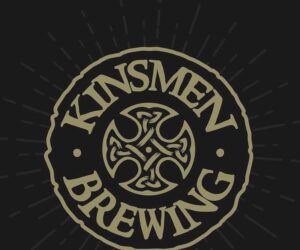Cloning Beers for Beginners
There are hundreds of resources available to homebrewers looking to clone the world’s most popular beers. But, inevitably, we’ve all stumbled upon that obscure brew that flies below the radar — be it a brew at the local pub or a limited release seasonal beer that came and left all too soon. Don’t fret, just because a recipe does not exist yet does not mean you can’t create your own! Sure, it takes some work, and trial and error, but there is no such thing as a beer homebrewers can’t clone. You just need to know how to go about it.
For starters, gather as much information as you can. A greatplace to start is at the website of the brewery, or even on the bottle itself. At the very least, you should be able to find the alcohol by volume (ABV), and often times breweries state many of the ingredients used in a beer, the bittering (in IBUs) and, if you’re lucky, they may even state any special techniques employed. Often you can find reliable information from fellow beer geeks on the Internet, and, of course, the most reliable sources are the brewers themselves (many of whom are happy to help a homebrewer out). If all else fails, you can find information on a beer that is similar in style and taste and then base some of your assumptions for the clone you hope to make on its description.
With information in hand, plug the details you have into a brewing calculator, of which there are many available online. This is where the first phase of trial and error often comes into play, depending on how much information you are missing. Using a brewing calculator, begin by entering the amount and types of base malts (or malt extract) you believe are needed, using the original gravity (OG) as a guide. If you do not know the beer’s OG, but have its ABV, you can estimate the OG by using the average attenuation rate of the yeast strain you select. After base malts, add the other malts, keeping an eye on OG and color (measured by SRM) and adjusting the base malt amounts if necessary.
Once your OG and color look good, compare the final gravity (FG), if known, or the ABV. If they are not in line, then the amount of attenuation may need to be adjusted. Next, look at hop additions. If the brewer does not list the type of hops it uses, taste tests are key. By picking up the effect hops have on taste and aroma, select the hops you will use and consider the additions needed to hit your target IBU.
Then it’s on to selecting any other additions that may be called for and the yeast. The best bet is to reculture yeast out of a bottle-conditioned beer, but if that isn’t an option consider available commercial yeast that is true to the style.
If you lack confidence in your clone, pinpoint areas you made assumptions and try substitutions to see if any would make you more comfortable. I would also recommend giving the brewer a copy of your clone at this point and asking for feedback. Very often they will give you some direction, which could make all the difference.
Finally, it is time to try brewing your clone (possibly in small batches) and then evaluating your beer’s color, aroma, and taste next to the commercial example. This is when the next trial and error phase comes into play, as you may realize the hop aroma falls a little short, or the grain bill you selected is too dark. With those notes, try again. Even if your first attempt didn’t come out tasting identical to the commercial example you were shooting for, it should be close enough to enjoy.


